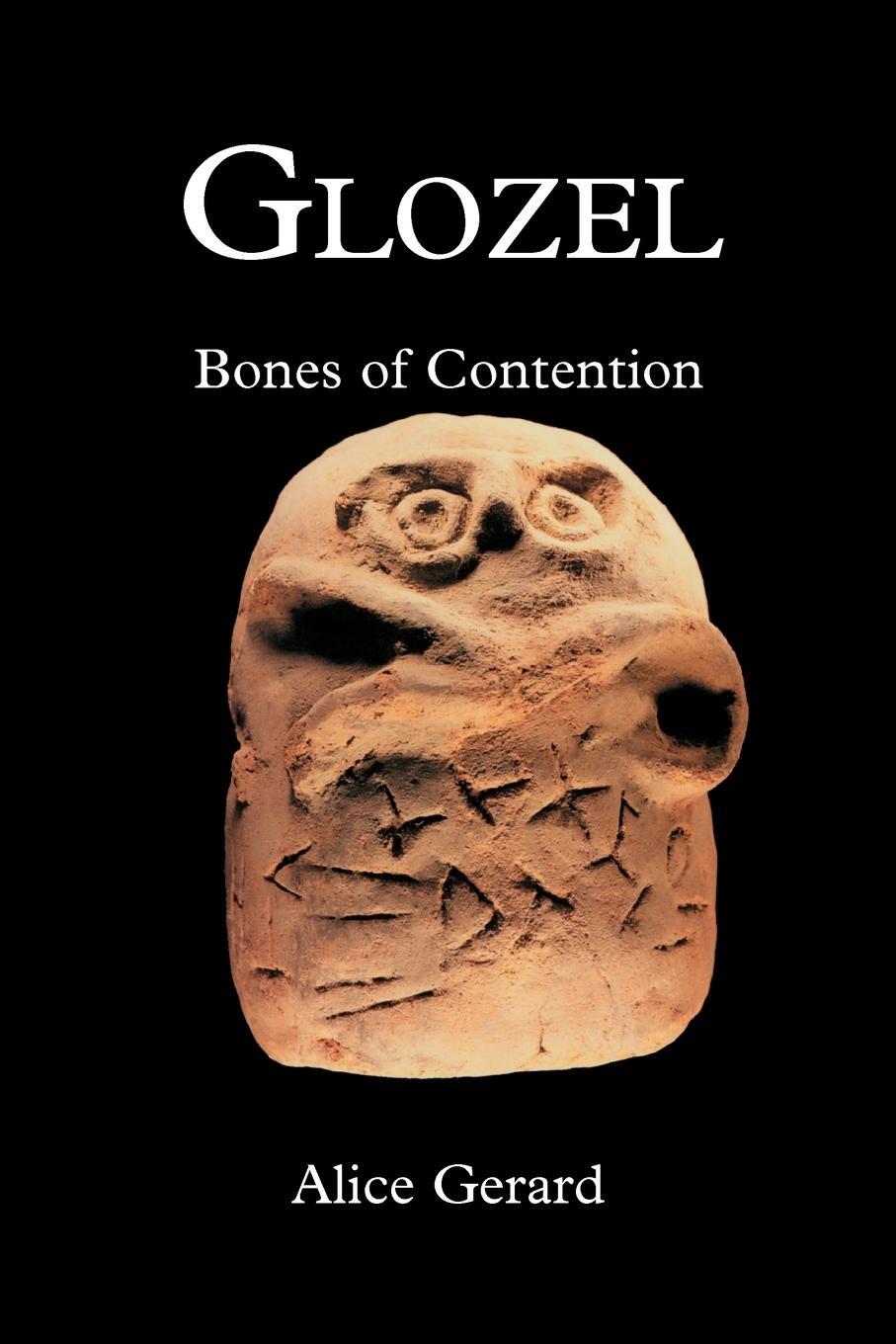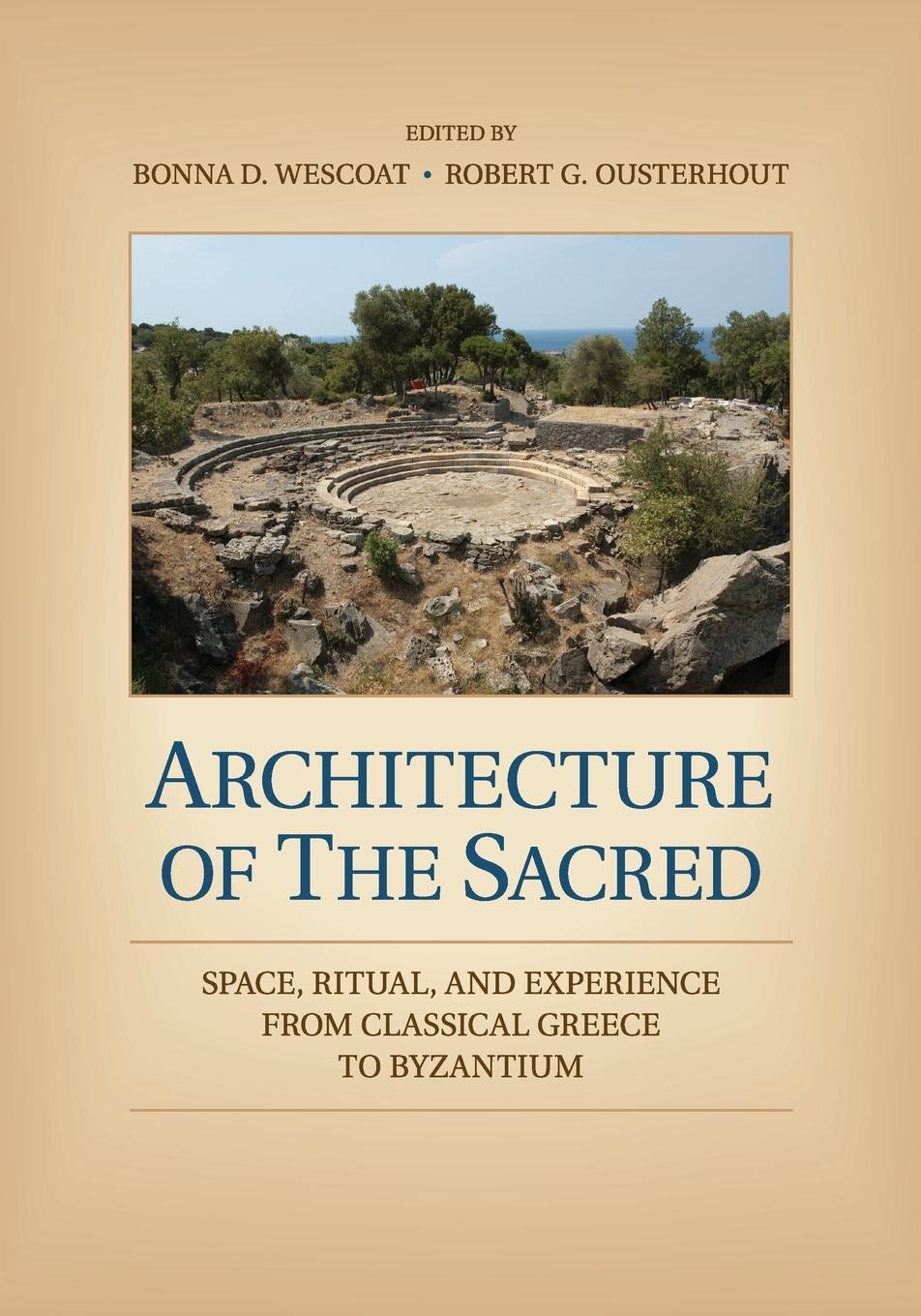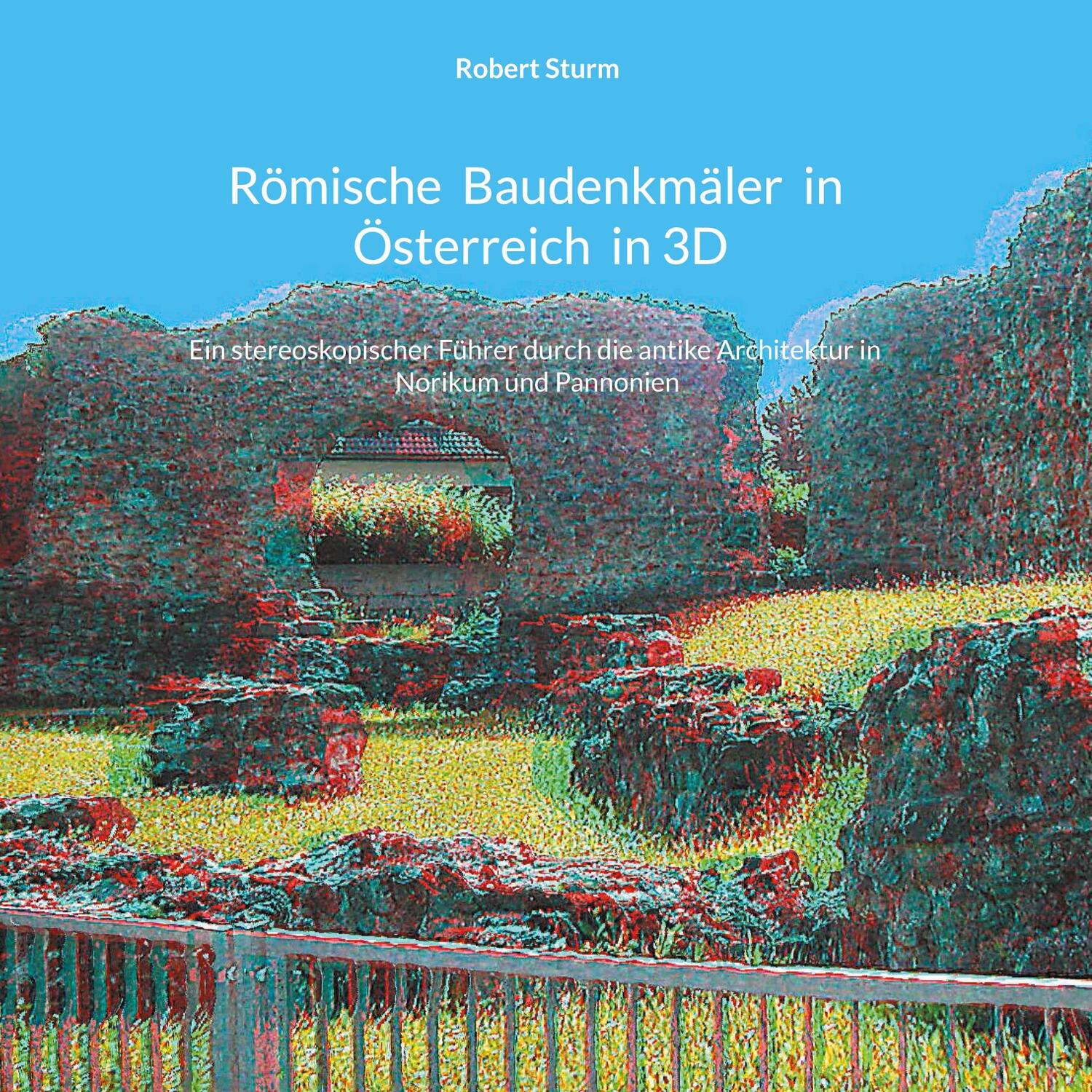Dekorationsartikel gehören nicht zum Leistungsumfang.
Sprache:
Englisch
93,75 €*
Versandkostenfrei per Post / DHL
Lieferzeit 1-2 Wochen
Kategorien:
Beschreibung
Megalithism, or the art of using huge boulders to create sacred, pagan monuments and sites, still fascinates us today. How did Prehistoric man cut, transport, and place such enormous stones, some weighing up to 200 metric tons, without bulldozers, drills, and cranes? Yet primitive man, without the written word or wheel, created structures which still stupefy us in the 21st century, both due to their components and the precision used in positioning them.
This book takes us back in time to the 5th-2nd millennia B.C. and helps us visualise the Stone Age world and its constructions - menhirs, dolmens, rows and circles of standing stones. Undoubtedly they were sacred places, used for pagan rituals and funerary purposes, but the author also gives us details of their astronomic and physical alignment, which clearly demonstrates the knowledge of the heavens these ancestors had and how they applied it without slide-rules, set squares, and theodolites. The high priests of ancient times could calculate when the solstices and equinoxes would occur and thus regulate the seasons for sowing and reaping.
The author's careful and updated identification of all such structures leads us through 'Ancient European Megalithism' complete with the religious and social aspects of it and its pagan legacies. He does not neglect forms of 'sub-actual' megalithism either - the use of massive stones by peoples described as primitive but with a relatively advanced culture who lived in times closer to our own in Africa, Asia, and South America.
The myths and legends arising from the megalithic structures are recounted here in detail; the author also describes megalithic art in the form of statue-stele and menhir statues, as well as the often intricate decoration carved on single stones and in construction such as dolmens, funerary mounds, astronomic observatories, and temples. He also describes studies and experiments on the methods of transport and construction used by Prehistoric peoples, together with conflicting opinions and theories.
Amply illustrated with photographs and drawings, Megalithism guides the reader through every part of the megalithic world with smooth-flowing text that will be accessible to specialists and interested general public alike.
This book takes us back in time to the 5th-2nd millennia B.C. and helps us visualise the Stone Age world and its constructions - menhirs, dolmens, rows and circles of standing stones. Undoubtedly they were sacred places, used for pagan rituals and funerary purposes, but the author also gives us details of their astronomic and physical alignment, which clearly demonstrates the knowledge of the heavens these ancestors had and how they applied it without slide-rules, set squares, and theodolites. The high priests of ancient times could calculate when the solstices and equinoxes would occur and thus regulate the seasons for sowing and reaping.
The author's careful and updated identification of all such structures leads us through 'Ancient European Megalithism' complete with the religious and social aspects of it and its pagan legacies. He does not neglect forms of 'sub-actual' megalithism either - the use of massive stones by peoples described as primitive but with a relatively advanced culture who lived in times closer to our own in Africa, Asia, and South America.
The myths and legends arising from the megalithic structures are recounted here in detail; the author also describes megalithic art in the form of statue-stele and menhir statues, as well as the often intricate decoration carved on single stones and in construction such as dolmens, funerary mounds, astronomic observatories, and temples. He also describes studies and experiments on the methods of transport and construction used by Prehistoric peoples, together with conflicting opinions and theories.
Amply illustrated with photographs and drawings, Megalithism guides the reader through every part of the megalithic world with smooth-flowing text that will be accessible to specialists and interested general public alike.
Megalithism, or the art of using huge boulders to create sacred, pagan monuments and sites, still fascinates us today. How did Prehistoric man cut, transport, and place such enormous stones, some weighing up to 200 metric tons, without bulldozers, drills, and cranes? Yet primitive man, without the written word or wheel, created structures which still stupefy us in the 21st century, both due to their components and the precision used in positioning them.
This book takes us back in time to the 5th-2nd millennia B.C. and helps us visualise the Stone Age world and its constructions - menhirs, dolmens, rows and circles of standing stones. Undoubtedly they were sacred places, used for pagan rituals and funerary purposes, but the author also gives us details of their astronomic and physical alignment, which clearly demonstrates the knowledge of the heavens these ancestors had and how they applied it without slide-rules, set squares, and theodolites. The high priests of ancient times could calculate when the solstices and equinoxes would occur and thus regulate the seasons for sowing and reaping.
The author's careful and updated identification of all such structures leads us through 'Ancient European Megalithism' complete with the religious and social aspects of it and its pagan legacies. He does not neglect forms of 'sub-actual' megalithism either - the use of massive stones by peoples described as primitive but with a relatively advanced culture who lived in times closer to our own in Africa, Asia, and South America.
The myths and legends arising from the megalithic structures are recounted here in detail; the author also describes megalithic art in the form of statue-stele and menhir statues, as well as the often intricate decoration carved on single stones and in construction such as dolmens, funerary mounds, astronomic observatories, and temples. He also describes studies and experiments on the methods of transport and construction used by Prehistoric peoples, together with conflicting opinions and theories.
Amply illustrated with photographs and drawings, Megalithism guides the reader through every part of the megalithic world with smooth-flowing text that will be accessible to specialists and interested general public alike.
This book takes us back in time to the 5th-2nd millennia B.C. and helps us visualise the Stone Age world and its constructions - menhirs, dolmens, rows and circles of standing stones. Undoubtedly they were sacred places, used for pagan rituals and funerary purposes, but the author also gives us details of their astronomic and physical alignment, which clearly demonstrates the knowledge of the heavens these ancestors had and how they applied it without slide-rules, set squares, and theodolites. The high priests of ancient times could calculate when the solstices and equinoxes would occur and thus regulate the seasons for sowing and reaping.
The author's careful and updated identification of all such structures leads us through 'Ancient European Megalithism' complete with the religious and social aspects of it and its pagan legacies. He does not neglect forms of 'sub-actual' megalithism either - the use of massive stones by peoples described as primitive but with a relatively advanced culture who lived in times closer to our own in Africa, Asia, and South America.
The myths and legends arising from the megalithic structures are recounted here in detail; the author also describes megalithic art in the form of statue-stele and menhir statues, as well as the often intricate decoration carved on single stones and in construction such as dolmens, funerary mounds, astronomic observatories, and temples. He also describes studies and experiments on the methods of transport and construction used by Prehistoric peoples, together with conflicting opinions and theories.
Amply illustrated with photographs and drawings, Megalithism guides the reader through every part of the megalithic world with smooth-flowing text that will be accessible to specialists and interested general public alike.
Details
| Erscheinungsjahr: | 2013 |
|---|---|
| Genre: | Kunst |
| Rubrik: | Kunst & Musik |
| Thema: | Architektur |
| Medium: | Taschenbuch |
| Seiten: | 404 |
| ISBN-13: | 9781612332550 |
| ISBN-10: | 1612332552 |
| Sprache: | Englisch |
| Ausstattung / Beilage: | Paperback |
| Einband: | Kartoniert / Broschiert |
| Autor: | Pozzi, Alberto |
| Hersteller: | Universal Publishers |
| Maße: | 246 x 189 x 22 mm |
| Von/Mit: | Alberto Pozzi |
| Erscheinungsdatum: | 20.06.2013 |
| Gewicht: | 0,778 kg |
Details
| Erscheinungsjahr: | 2013 |
|---|---|
| Genre: | Kunst |
| Rubrik: | Kunst & Musik |
| Thema: | Architektur |
| Medium: | Taschenbuch |
| Seiten: | 404 |
| ISBN-13: | 9781612332550 |
| ISBN-10: | 1612332552 |
| Sprache: | Englisch |
| Ausstattung / Beilage: | Paperback |
| Einband: | Kartoniert / Broschiert |
| Autor: | Pozzi, Alberto |
| Hersteller: | Universal Publishers |
| Maße: | 246 x 189 x 22 mm |
| Von/Mit: | Alberto Pozzi |
| Erscheinungsdatum: | 20.06.2013 |
| Gewicht: | 0,778 kg |
Warnhinweis









